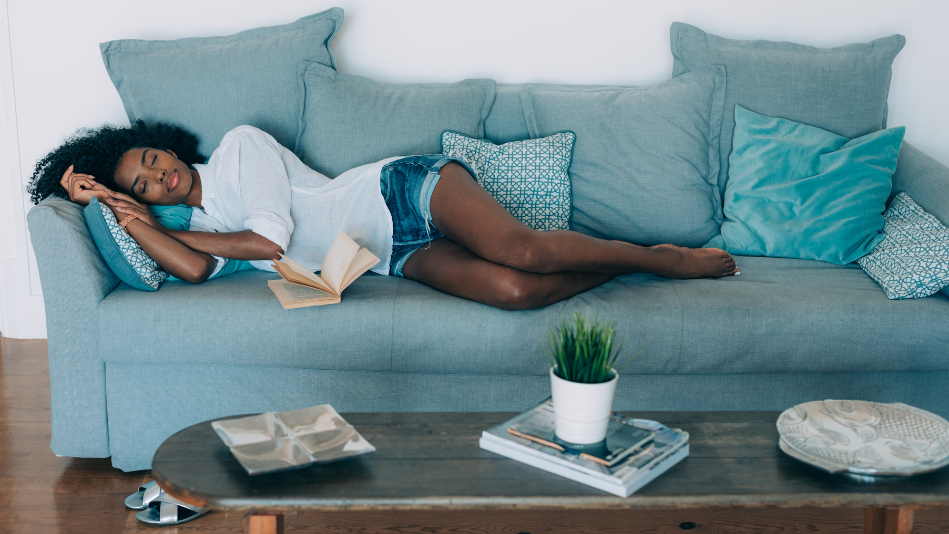The 3 Kinds of Naps Everybody Needs to Know About

Photo: David-Prado/Getty Images
The Power Nap: 15 Minutes
In this shorty, you'll get a decent amount of stage II sleep, which is great for memory improvement, says Sara Mednick, PhD, author of Take a Nap! Change Your Life. To fall asleep faster, try progressive muscle relaxation: Tense and release all the muscles in your body, starting from your toes and working your way up.
The Solid Snooze: 30 Minutes
Naps are best about six hours after you wake—that's when your circadian rhythm dips and sleepiness rises. You'll get plenty of stage II sleep and should be able to pop right up when the alarm goes off. "You usually reach deep sleep after the first half hour," says Robert Stickgold, PhD, associate professor of psychiatry at Harvard Medical School. "By stopping this nap at the 30-minute mark, you'll be more likely to avoid feeling groggy."
The Full Refresher: 90 Minutes
This is the gold standard for napping because you can get through a full sleep cycle. Research shows that a snooze of this length can provide as many cognitive benefits and as much refreshment as a full night of rest (as long as it's supplementing, not replacing, your nightly slumber). But don't do it within four hours of your bedtime, says Mednick, or you could have trouble falling asleep later.
Next: The Fastest Way to Make Up For a Lack of Sleep
In this shorty, you'll get a decent amount of stage II sleep, which is great for memory improvement, says Sara Mednick, PhD, author of Take a Nap! Change Your Life. To fall asleep faster, try progressive muscle relaxation: Tense and release all the muscles in your body, starting from your toes and working your way up.
The Solid Snooze: 30 Minutes
Naps are best about six hours after you wake—that's when your circadian rhythm dips and sleepiness rises. You'll get plenty of stage II sleep and should be able to pop right up when the alarm goes off. "You usually reach deep sleep after the first half hour," says Robert Stickgold, PhD, associate professor of psychiatry at Harvard Medical School. "By stopping this nap at the 30-minute mark, you'll be more likely to avoid feeling groggy."
The Full Refresher: 90 Minutes
This is the gold standard for napping because you can get through a full sleep cycle. Research shows that a snooze of this length can provide as many cognitive benefits and as much refreshment as a full night of rest (as long as it's supplementing, not replacing, your nightly slumber). But don't do it within four hours of your bedtime, says Mednick, or you could have trouble falling asleep later.
Next: The Fastest Way to Make Up For a Lack of Sleep



